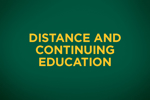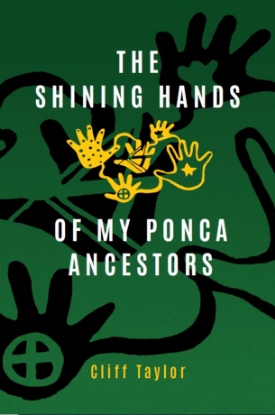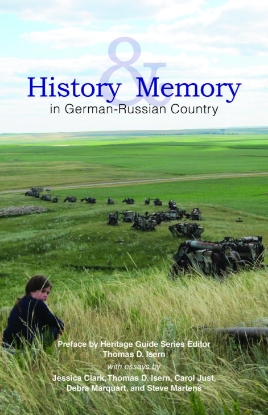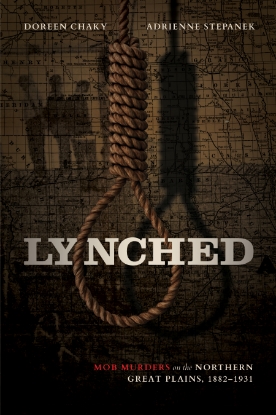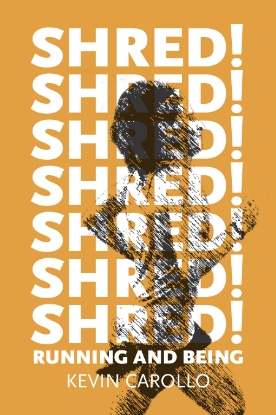New Titles
The Shining Hands of My Ponca Ancestors
In sincere, from-the-heart storytelling, The Shining Hands of My Ponca Ancestors depicts the life of a young, contemporary Ponca, who—with the help of friends, relatives, spirits, and ancestors—is learning what is really possible for him and his tribe and how dramatically different that is from the dominant cultural messaging of his youth. An account of inspiration, ancestor intervention, the indestructible Indigenous core of his Native people, and the immense beauty of an ongoing way of life, Shining Hands is rife with meaning for Native and non-Native readers alike. Viewed through his personal life, Shining Hands is a prayer for the young that they may see their own powerful potential, too.
History & Memory in German-Russian Country
The Germans from Russia—an agricultural people who settled, survived, and prospered—formed strong ethnic communities where farmers still plant and harvest, the faithful still gather for worship, and the cooks still feed their families from the garden. This is a story of German-Russian persistence on the northern plains and its emergent consciousness—a sort of heritage husbandry—in the late twentieth century.
Lynched: Mob Murders on the Northern Great Plains, 1882-1931
With a rope and a mission, like-minded neighbors found lynching to be a simple and efficient way to obtain what they regarded as certain justice.
Northern plains lynch mobs shared a belief that what they did resulted in swift and sure justice, which the established courts would not or could not provide. Juries might be reluctant to impose the death penalty, and if a suspect were tried, found guilty, and sentenced to life in prison, they might be prematurely pardoned. Perpetrators might successfully evade punishment by using insanity pleas. With a rope and a mission, like-minded neighbors found lynching a simple and efficient way to obtain what they regarded as certain justice.
The distrust many citizens had of the legal profession seemed rooted in the perception that lawyers and the complicated law they practiced appeared to offer more justice to criminals than to crime victims. That distrust extended to jurors considered too soft-hearted to mete out appropriate punishment. Do-it-yourself justice among the lynch mobs seemed fairer and quicker than waiting for what they considered unreliable juries, lawyers, and judges. Perhaps those who disparaged lawyers and the rule of law—and sought to bypass them with a rope—simply did not understand the complexities of American jurisprudence. Based on centuries-old English common law, the court system was malleable and did respond to changing ideas and mores, but these changes came slowly. The people who made up the mobs were unwilling to patiently await such incremental adjustments.
Lynched examines the events surrounding, and the media portrayal of, nine mob murders that resulted in eleven deaths on the northern Great Plains from 1882 to 1931. Revealing a disturbing part of history, Lynched aims at uncovering the stories of these lynchings while shedding light on the volatile mentality of the communities where such injustice happened.
ISBN: 978-1-946163-59-2
Page Count: 320
Picture Count: 29 black and white images
Index: Yes
Bibiliography: Yes
Hardcover
Publication Date: April 13, 2024
SHRED! Running and Being
At the onset of the COVID-19 pandemic, poet Kevin Carollo struggles to navigate the sudden and jarring changes to everyday life. To help find meaning and purpose in the "new normal," Carollo straps on his shoes and returns to a part of his identity that he has neglected: long-distance running and long-form writing. It's not easy. Pandemic restrictions and the harsh, upper Midwest weather are discouraging. At the same time, Carollo's personal life is increasingly filled with questions and uncertainty, but as Carollo pushes through the miles he discovers the enduring forces and relationships he needs to keep moving forward.
Fifteenth Commandment, The
It is the summer of 1965, and seventeen-year-old Nick Baarda is under pressure from his religious sect to conform to its rigid rules of behavior, including prohibitions on “worldly” activities like dancing and going to movies. On the other hand, Nick and his best friends are determined to enjoy modern life to the fullest, and they devise their own Commandment to give themselves free rein. They also plan to leave town the following year when they graduate from their parochial high school. When a new minister arrives, he makes it clear that he intends to keep the boys firmly under his thumb, and this sets in motion an extended contest of wills. Complicating things is the pastor’s daughter, who becomes Nick’s intellectual soulmate while not reciprocating his romantic overtures. The result for Nick is a roller coaster of infatuation and frustration, while he and the other boys share raucous adventures and deal with relationships, conflict, and calamity. Through it all, Nick wrestles with the quirks and hypocrisy he sees in his religion, and as graduation nears, he is forced to decide whether he will stay or break free.










